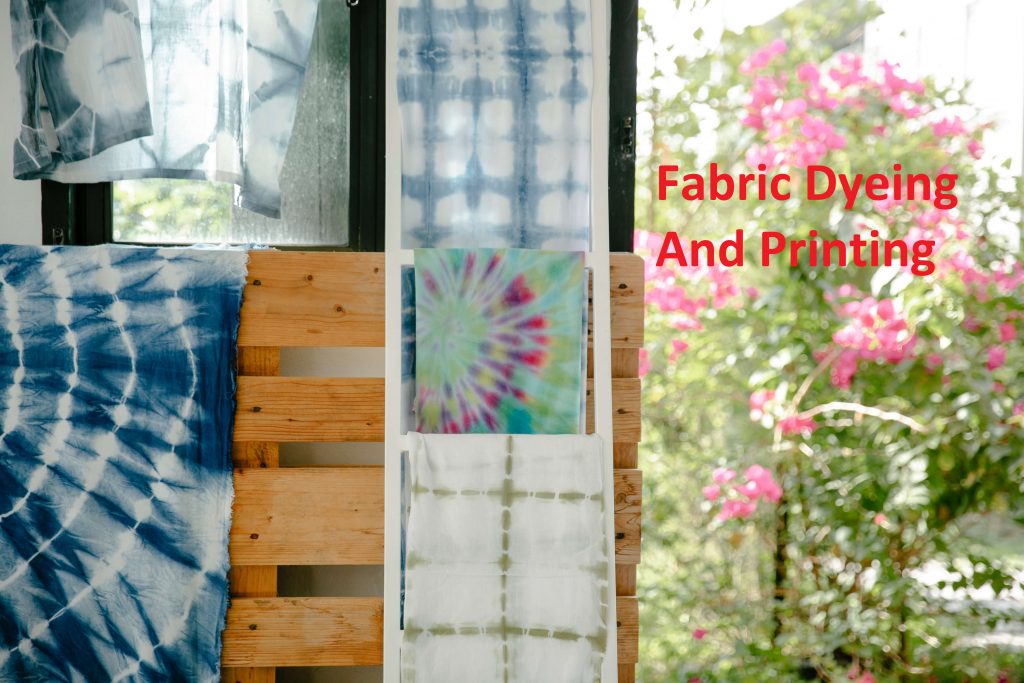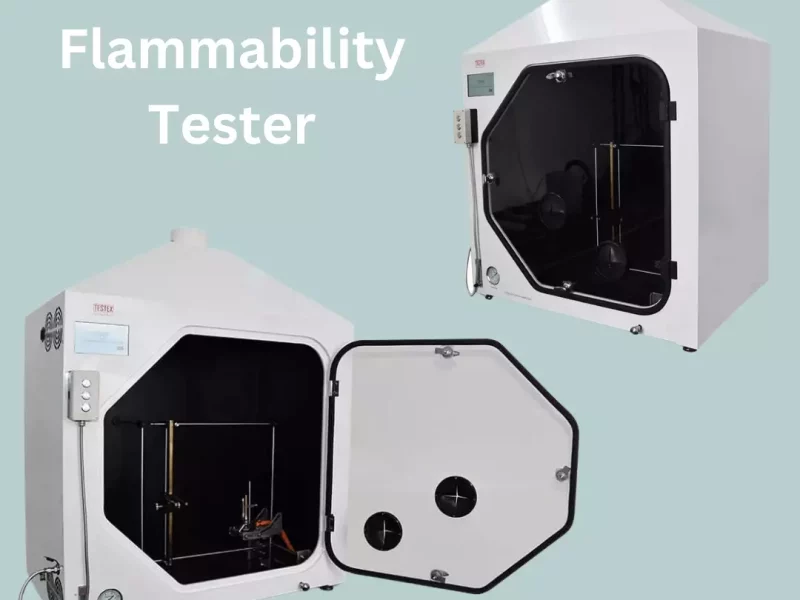What Is Fabric Printing?
Textiles and painted surfaces that have been treated with a dye to which ink adheres and then printed by applying additional color onto the surface to create an image or pattern.

Painting With Ink
Textile printing is done in two ways: direct application where paint is applied directly to the fabric or resist methods using waxed paper stencils to prevent paint from reaching parts of the fabric you don’t want to be painted. In India, tie-dye was developed as a resist method for hand block printing fabrics. Tie-dye uses a chemical reaction between soda ash and dye-stuff (a fixed coloring material), causing insoluble salts which bind together to form a colored deposit on the fabric.
Types of Fabric Printing
There are three types of printing:
Direct Printing
The direct printing method uses textile paint applied to the fabric directly. This type of printing is often used for natural fabrics such as cotton and Linen, where you want the texture of the fabric to show through the paint.
Resist Printing
Resist printing applies a resist agent, such as wax or starch, to the fabric before dyeing. When the fabric is dyed, the areas with the resist agent will remain un-dyed. This type of printing is often used for synthetic fabrics such as polyester, where you want a solid block color rather than a textured look.
Screen Printing
Screen printing is a popular type of printing that uses a screen made out of fine mesh fabric. The image to be printed is screened onto the fabric using a squeegee, and then the fabric is dyed. This type of printing is often used for printing designs with multiple colors. Wholesale screen printing services provide businesses with a cost-effective solution for producing large quantities of vibrant, multi-colored designs, making it ideal for bulk orders and promotional campaigns.
How To Dye Fabric
Dyeing fabric is not as difficult as it may seem and can be done at home with a few simple supplies. All you need is:
- A dye bath (a container big enough to hold your fabric in)
- Salt (about 1 cup per gallon of water)
- Fabric dye (choose the color you want your fabric to be)
- Soda ash (this is a chemical that makes the dye permanent. It’s sold as a powder, and you can find it at your local craft store. 1 cup of soda ash per gallon of water)
- Dye fixative (Once the fabric has dried after dying, this protects the color from fading or running when washed. You can find it at any sewing store)
Designing For Fabric Printing
When designing for fabric printing, whether it be painting with ink directly onto silk or using resist stencils to protect certain parts of the fabric, always remember that fibers in fabrics absorb dyes differently depending on how they are treated beforehand, so each type of fabric requires its design process.
Cotton is easy to dye, but the colors are not very deep. The designs should be done using colors that contrast with each other to create high-contrast designs. As we know, bath towels are usually made from cotton, so thread painting, or silk spraying are good techniques for this kind of fabric.
Linen requires careful design since it doesn’t absorb dyes very well; the design needs to be created with a color palette of light colors on dark backgrounds made up of contrasts and can get away with an all-over design without too much trouble because Linen absorbs almost all dye evenly across its surface.
Polyester is difficult to dye in any fashion, but screen printing works best due to its flatweave structure. Water-soluble inks work best since cosmetic 350F degree heat resistance ratings (the highest inks can withstand before burning the fabric).
Acrylic fabrics are dyed using either direct application or screen printing. Screen printing is best when using all-over designs since it’s difficult to get an even application of paint on this tightly woven fabric. The direct application works well for spot dyeing, especially with tie-dye, where design elements overlap one another.
cotton and Linen require traditional resist methods like wax or starch, whereas polyester respond better to chemical resists used in modern-day tie-dye applications
Printing Materials Fabric printing requires certain materials which you can purchase at your local craft store:
Textile paint
It is usually water-based acrylic paint available in tubes or jars. You can use textile paint to paint designs directly onto fabric or to stencil onto fabric.
Screen printing ink
It is a thick, opaque ink that is perfect for screen printing. It’s available in a variety of colors.
Squeegee
A squeegee is a tool used to apply the screen printing ink to the fabric. It’s a piece of rubber with a wooden or plastic handle.
Screen
A screen is a piece of mesh fabric that is used in screen printing. The image to be printed is screened onto the fabric using a squeegee.
Wrapping Up!
So, these are some of the things you need to know about fabric dyeing and printing. By understanding the different types of dyes and printing processes available, you can be sure to choose the best method for your project.

